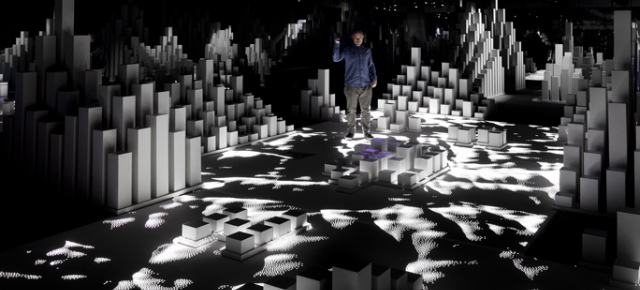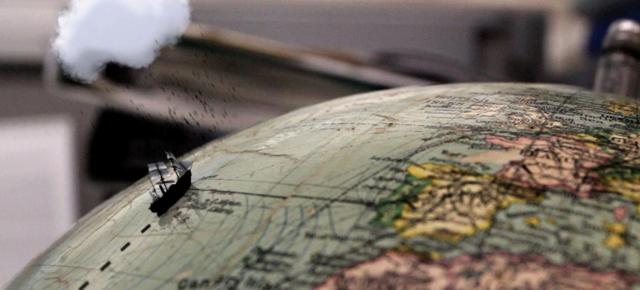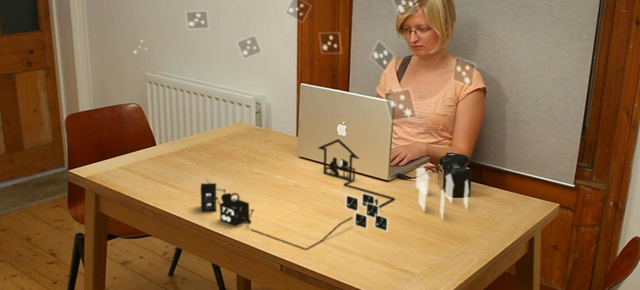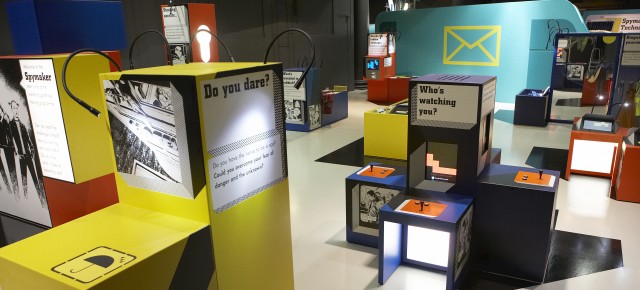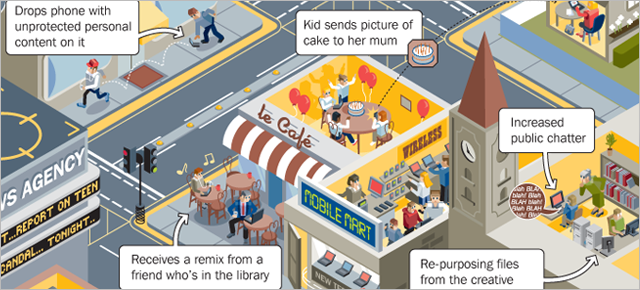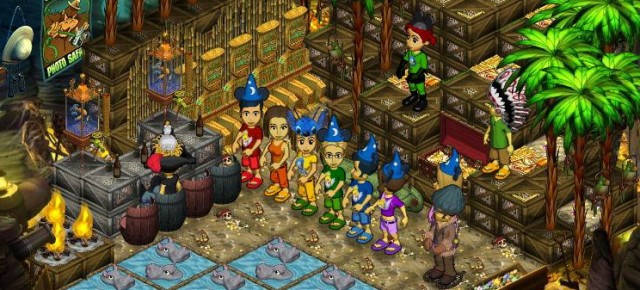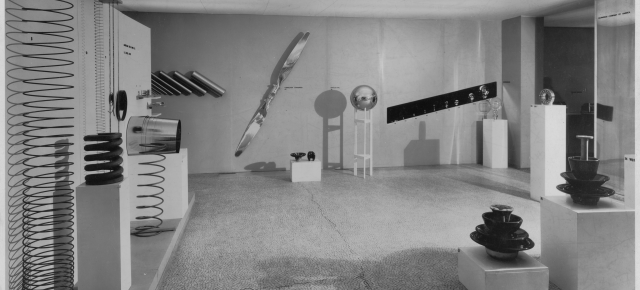
Exhibition History
MoMA’s Exhibition History is a comprehensive account of the Museum’s exhibitions from its founding, in 1929, to today. Providing an unparalleled history of the presentation of modern and contemporary art on a widely available platform, the digital archive features over 3,500 exhibitions, illustrated by primary documents such as installation photographs,...

